Iranians of all backgrounds have together built Iran, regardless of their personal opinions, religion, or ethnicity. In a series of reports, IranWire looks at prominent personalities from Iran’s ethnic and religious minorities who made major contributions to the country’s progress. If you know of such figures and their services to Iran, you can share it with us by emailing [email protected].
Houshang Seyhoun, a renowned Iranian architect, designer, painter, and sculptor, and the father of modern Iranian architecture, was born on August 22 1920 in Tehran to a family of music lovers. His grandfather, Mirza Abdollah Farahani, founder of traditional music, was known as the father of traditional Iranian music. His mother, Moloud, was an exceptional tar and setar player, and his uncle, Ahmad Ebadi, was a setar master.
Seyhoun was one of the first students of architecture at the newly established Faculty of Fine Arts of Tehran University in 1940. In 1944, he finished his studies at the university with honors. After his graduation, the Iran-Soviet Cultural Association in Tehran, which organized many cultural events, held an exhibition of Iranian artists' artworks. Houshang's graduation project was exhibited, and the jury awarded him on behalf of the Iranian Ministry of Culture and Arts.
In 1946, Houshang Seyhoun went to Paris to continue his studies at the invitation of Andre Godard, dean of Tehran University’s Faculty of Fine Arts, as well as a noted French archaeologist, architect and historian. He was in Iran at the invitation of Reza Shah and served as director of the Iranian Archaeological Organization for many years. Godard was also the designer of the National Museum of Iran and the Tehran University campus.
After three years of study under Othello Zavaroni, another famous French architect, and receiving his PhD, Seyhoun returned to Iran. He won several competitions and awards for his architectural designs. One of his awards was for the design of a monument in the central railway station of Tehran.
Seyhoun soon designed his first architectural work for construction, a monument for the tomb of Ibn Sina [Avicenna] in Hamadan. The design was a modern take on a building that was contemporary to the 10th/11th century Ibn Sina, namely the Qaboos Dome Tower in the city of Gonbad-e Kavous, and was completed in 1954.
Houshang Seyhoun’s legacy is the integration of Iran’s traditional architecture into its modern design language. He also considered the history and personality of his subjects. One of his most prominent works was the tomb of the writer Omar Khayyam – a combination of traditional and modern architecture for which Seyhoun used Khayyam’s contributions as an astronomer, mathematician, and writer, as part of his inspiration.
The tombs of Ibn Sina in Hamedan; Kamal al-Molk [prominent painter] and Omar Khayyam [a prominent poet] in Neishabour; Nadershah Afshar [an ancient ruler] in Mashhad; Colonel Mohammad Taqi Pesian [a military commander] in Mashhad; the tomb of Abbas Mirza [a Qajar crown prince], as well as a number of other Qajar nobles, are among Houshang Seyhoun's works. The renovation and redesign of Ferdowsi Mausoleum; buildings of the Toos Museum; Sepah Bank in Topkhaneh Square in Tehran; Iran’s parliament building; the Asia Cinema; the Central Cinema; the National Cartographic Center; Morshedi Flour Factory; Kouros Akhavan Spinning Factory; Canada Dry Factory (now Zamzam) in Tehran and Ahvaz; Yakhchiabad Educational Complex, and 150 prominent residential projects were among his other works.
Houshang Seyhoun also drew and painted landscapes, Iranian villages, and numerous other landmarks and notable places from Iranian and also Baha’i history. In 1968, he held his first exhibition in Tehran, where he displayed a new style of abstract drawing with pen and ink.
His works have been exhibited many times in Iran, Europe, and North America, even Asia and Africa. In 1972, he participated in a three-person exhibition together with Salvador Dali and Pablo Picasso at the University of Massachusetts.
In 1977, Seyhoun held an exclusive exhibition at the Contemporary Art Gallery of Tehran, where early works from his time in Paris and several other exhibitions were displayed. Seyhoun's works were displayed in three exhibitions. In one of the exhibitions, his watercolor and pen and ink paintings were showcased, and in the last one, his felt works were displayed. This was Dr. Houshang Seyhoun last exhibition in Iran.
One of the noteworthy initiatives and innovations by Houshang Seyhoun was reviving the art and craft of felting and combining this traditional art with modern art.
His works are permanently exhibited in famous American universities, including Harvard, Berkeley (California), Washington (St. Louis), the Massachusetts Institute of Technology, and the Hors du Temps Museum (Nice, France).
In 1989, the Los Angeles exhibition was held with the presence of 130 painters, during which Seyhoun's were in particular honored.
Seyhoun's Life in Iran
In 1949, after returning from France, Seyhoun started teaching as a professor at the Faculty of Fine Arts. In 1962, he became dean of the Faculty of Fine Arts and Architecture at Tehran University and revamped its teaching and academics. In 1969, Houshang Seyhoun resigned from the position of professor and dean of the faculty, after 20 years at the university, and started working at his own institution. During this time and in addition to designing monuments of the legends of Iranian history and designing buildings such as Iran’s parliament and the National Cartographic Center, he delivered numerous lectures and held seminars and workshops in Iran, Europe, and North America, and helped to train a new generation of Iranian architects.
Seyhoun was a member and president of the Iranian Architects Association for many years and worked as a member of the International Committee of ICOMOS [International Council on Monuments and Sites] under the supervision of the United Nations Economic and Social Council. During this period, he played a significant role in holding two world architectural congresses in Iran, one in historic Isfahan and the other in ancient Persepolis near Shiraz.
He was a member of the National Council of Archaeology, the Supreme Council of Urban Planning, and the Central Council of the country's universities. In 1969, he was elected as a member of the Tehran City Council for four years. For 15 years, Houshang Seyhoun oversaw the restoration of Iran's historical buildings.
The first collection of Hoshang Seyhoun's sketches was published in Paris in 1974, titled Looking at Iran, which featured beautiful natural landscapes. His other book, Half a Century of Effort in the World of Art and Architecture, was published in Canada through an exquisite printing.
Also, in 1992, Professor Hoshang Seyhoun prepared a collection entitled Speaking Sands which included black pen sketches of Baha'i holy places.
After the establishment of the Islamic Republic regime, in 1979, Seyhoun like other Baha'is, was deprived of social rights and was not allowed to work or teach in Iran. He left Tehran for Paris at the invitation of the French government on January 31, 1981. He stayed in France until 1982 and during that period held several painting and drawing exhibitions.
In 1981, the Hors du Temps Museum in southern France was officially opened and one of Seyhoun's works was displayed as part of the permanent exhibition. He was also awarded an honorary citizenship by the Nice City Council.
Seyhoun emigrated to Canada in 1982 and lived in Vancouver until the end of his life. In 2012, Seyhoun received the Bita Award, an annual award given to Iranian cultural and literary figures since 2008, with the support of Bita Daryabari at the Iranian Studies Center of Stanford University.
Professor Hoshang Seyhoun died on May 26, 2014, in Vancouver, Canada. Many times, Seyhoun's students tried to bring him back to Iran to design and hold exhibitions, but their proposals always ended in failure due to the authorities' disapproval.
Once, one of Seyhoun's students asked him: "Do you still emotionally consider yourself an Iranian citizen? Are the sociocultural and artistic developments in this country still important and interesting to you?” In response to this question, Seyhoun said: "I am proud to be Iranian, and I am proud that at the time of my birth, my dear Iran gave me the opportunity to set foot on its holy soil. I do not have any complaints about anyone, and I believe that the unkindness was certainly due to unawareness about my inner self. All the sociocultural and artistic developments in my country are of precise interest to me. The slightest confiscation, adversity, and damage to Iranian arts breaks my heart in such a way that I am unable to describe."'




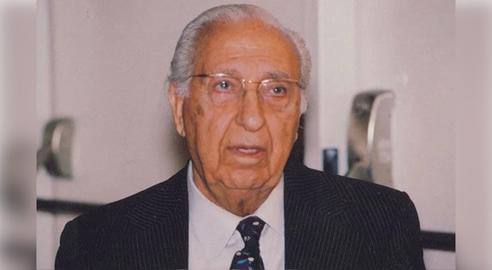
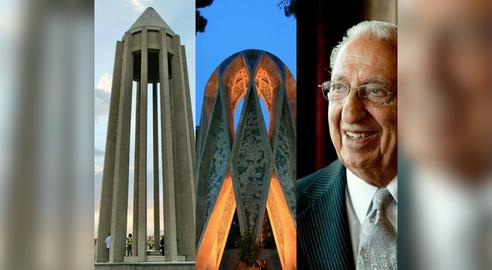

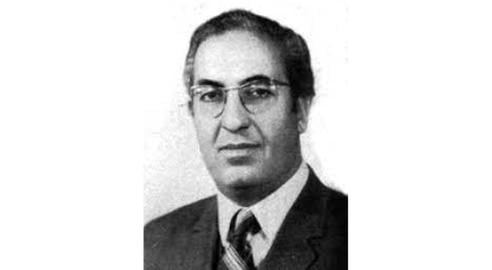
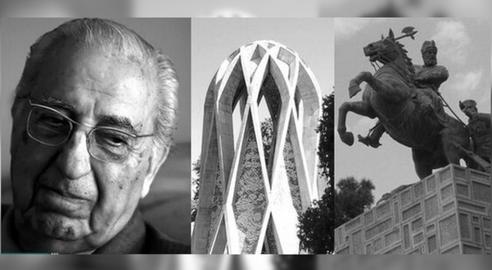


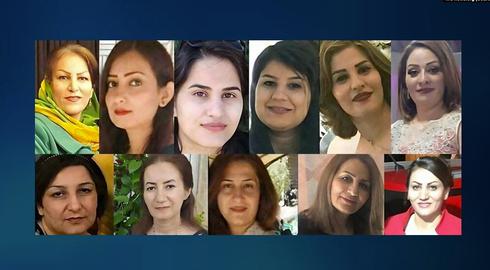
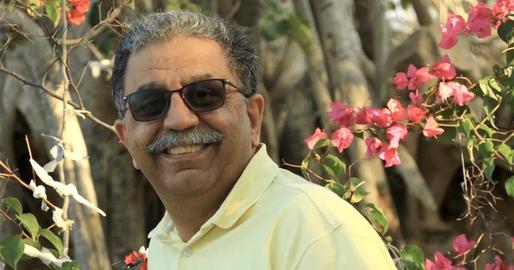



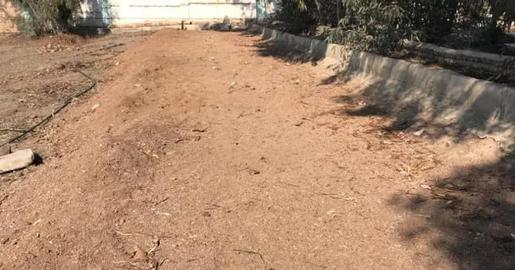
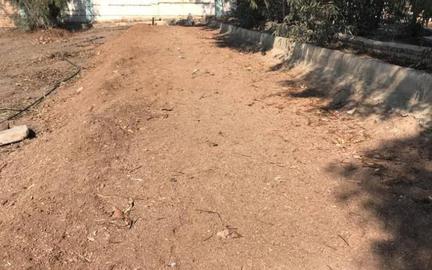





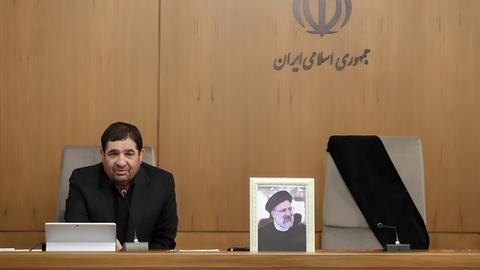





comments